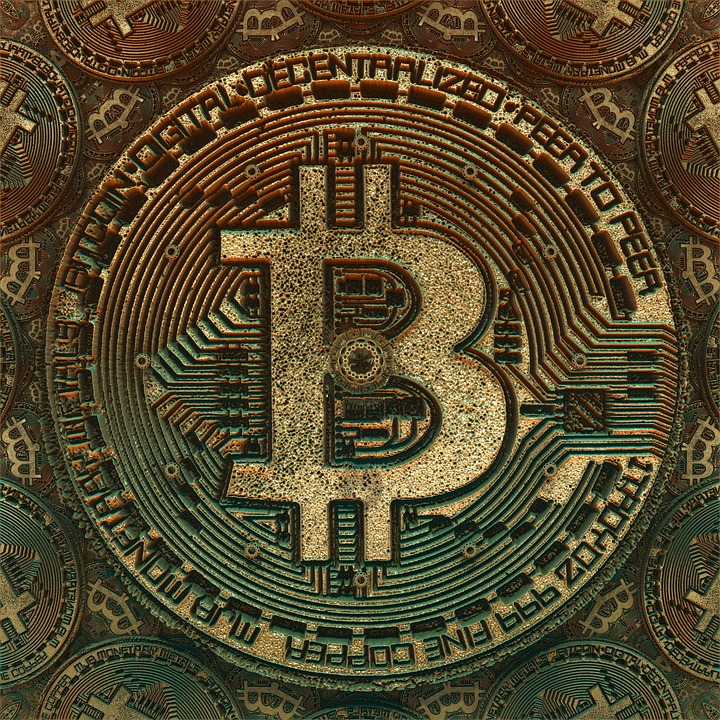The Hunt for Satoshi Nakamoto: Why the Identity of Bitcoin’s Creator Matters
Since the release of the Bitcoin whitepaper in 2008, the enigmatic figure known only as Satoshi Nakamoto has been at the center of one of the most intriguing mysteries in the digital age. Decades after the inception of Bitcoin, the true identity of its creator remains unknown, prompting endless speculation that transcends the boundaries of cryptography, economics, and even popular culture. But why does the identity of Satoshi Nakamoto matter? The implications extend beyond mere curiosity, touching on issues of trust, governance, and the future of cryptocurrency itself.
The Enigma of Satoshi Nakamoto
Satoshi Nakamoto is the pseudonym used by the creator (or creators) of Bitcoin. On October 31, 2008, Nakamoto released the whitepaper titled "Bitcoin: A Peer-to-Peer Electronic Cash System," outlining a revolutionary concept that would challenge traditional financial systems. In January 2009, Nakamoto mined the first Bitcoin block—the "genesis block." However, by 2010, Satoshi had largely vanished from the public eye, leaving behind a digital ghost that continues to haunt the cryptocurrency community.
Over the years, numerous individuals have been speculated to be Satoshi Nakamoto, ranging from computer scientists to wealthy entrepreneurs. Each hypothesis adds layers to the already complex narrative surrounding Bitcoin, with various factors fueling the excitement: the technological genius required to create such an innovative protocol, the economic and philosophical tenets underpinning its design, and the sheer audacity of its vision.
Trust and Legitimacy
The question of Satoshi’s identity is fundamentally tied to trust. Bitcoin operates on a decentralized model that eschews central authority, relying instead on a community of users and miners to validate transactions. Satoshi’s anonymity adds to the allure of Bitcoin but also raises concerns regarding legitimacy.
If Satoshi were to emerge and claim ownership over the project, it could disrupt the decentralized ethos of Bitcoin and bring the entire system into question. Users may find it difficult to trust a blockchain governed by a single individual or entity, undermining the principles of transparency and equality that cryptocurrencies promise. Conversely, if Satoshi’s identity is simply a myth or an elaborate ruse, it raises questions about the very foundation of Bitcoin’s credibility.
Governance and Future Direction
As Bitcoin evolves, so does its governance structure. A critical aspect of Bitcoin’s development is the interplay between developers, miners, and nodes, all working to improve the network. The lack of a central authority means that decision-making can be contentious, leading to forks and splits in the community.
Understanding Satoshi’s vision could provide valuable insights into the original intentions behind Bitcoin’s design, thereby influencing how the community makes decisions going forward. For instance, if Satoshi were to be revealed as an advocate for certain privacy features or scaling solutions, it could sway developers and miners to align themselves along those lines.
Immortal Wealth and Potential Influence
One of the fascinating aspects of Satoshi Nakamoto’s identity is the estimated wealth associated with the early mining of Bitcoin. It is rumored that Nakamoto holds around one million Bitcoins—roughly 5% of the entire supply. Should Satoshi ever decide to move or liquidate these coins, it could have substantial ripple effects on the market, potentially destabilizing prices and triggering widespread panic.
Moreover, this enormous cache of wealth adds a layer of influence that could be exerted, intentionally or unintentionally, over the cryptocurrency landscape. The actions of Satoshi—or a hypothetical revelation of their identity—could transform debates on regulation, security, and usability within the crypto community.
Cultural Impact and Legacy
The mystery surrounding Satoshi Nakamoto has infiltrated popular culture, spawning numerous documentaries, books, and films, all of which speculate on the identity of Bitcoin’s creator. This cultural fascination reflects broader societal themes about anonymity, digital identity, and the nature of innovation in the internet age. The hunt for Satoshi has become more than just a quest for a name; it represents the collision of technology, entrepreneurship, and mystique.
Conclusion
The identity of Satoshi Nakamoto may remain one of the greatest mysteries of our time, but its implications are far-reaching and significant. From issues of trust and legitimacy to governance and cultural impact, the question of who Satoshi is informs not only the story of Bitcoin but also the broader narrative of cryptocurrency itself. As the digital economy continues to evolve, so too will the significance of this quest for knowledge, reminding us of the delicate balance between anonymity and accountability in an increasingly interconnected world.




